
DESIGN_ How boring is your kitchen? Nowadays many young designers are involved in transforming, designing and re-inventing our conventional kitchenware and furniture. Have a look to some fresh products which reinvent our ordinary "kitchen life"!
One project, two words to understand each other, three souls (two male, one female) who met to design products with the goal of ‘leavening’. The Studio Lievito is started in 2010 by Laura Passalacqua, Francesco Taviani and Jacopo Volpi, it defines itself as a link between past and future: a recovery of handicraft skills to warm up the modern technique of industrial production. Refining by hand serial production, serially assembling unique pieces to answer the urgency of a ‘slow design’, in step with the contemporary market. The result are shocking projects who challenge everyday routines, with simple but witty gestures, where details make the difference.
Spaghetti rouge
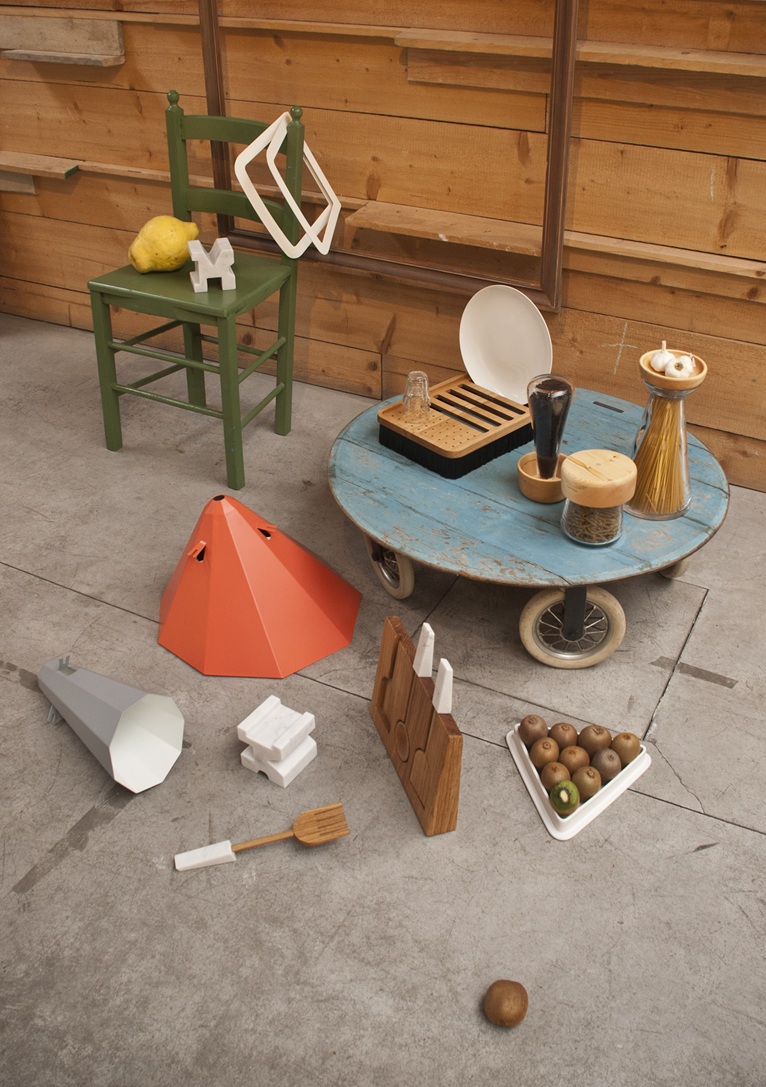
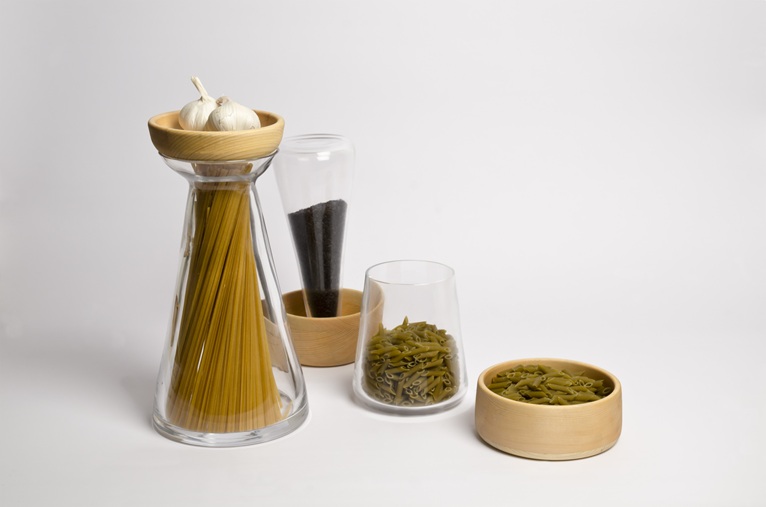

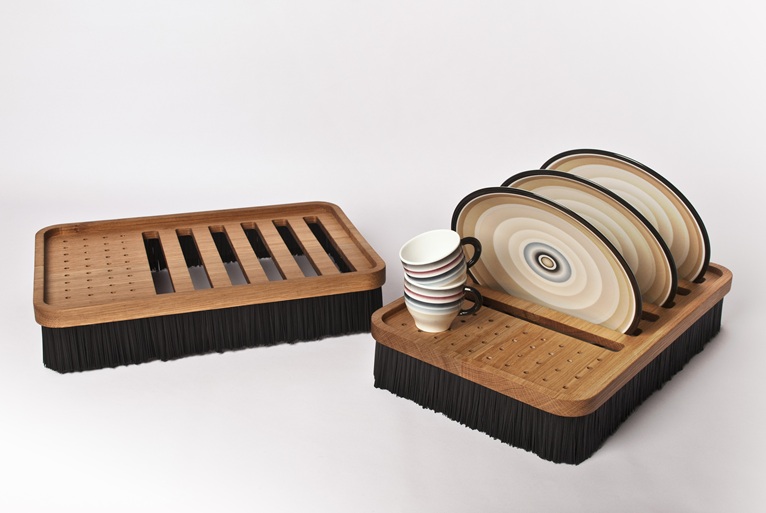
Elementare is an ideal plane of pure geometry to experiment with food. Primary shapes that roll out, crumble, chop and come back to their places following the rules of ‘the game’. The sphere crumbles the spices, the cylinder rolls out the dough and smashes meat, the cube scales fish, the prism chops the vegetables.

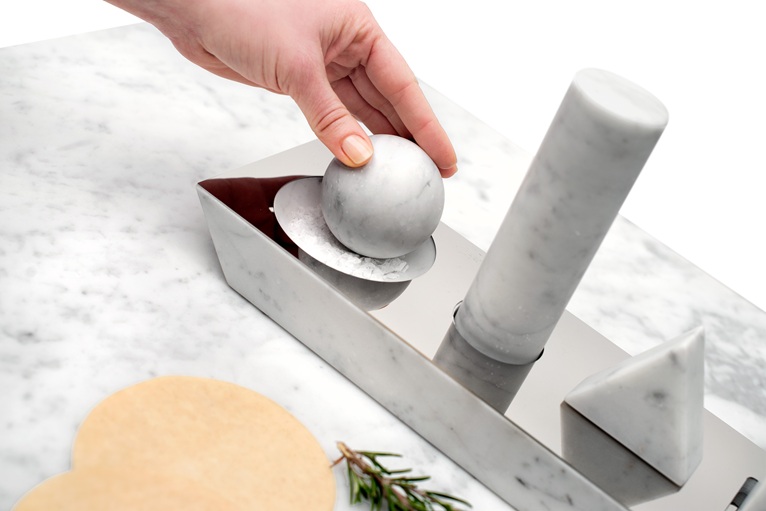

Lotec is a 2.0 cookbook accessible directly seated at the table. The pattern related to the theme that makes the plates contains 9 different QR codes linked to 9 different categories of recipes. Pointing the barcode scanner to the soup plate you can find recipes of main courses of meat, fish or vegetables, while scanning the dessert plate you can discover hors d’oeuvres, side dishes and desserts. The codes drawn on flat plates on the other hand hide recipes for second courses. The url linked to any QR code works randomly, so every time you check the code you get a different recipes.


Balancerie - designed by Xiaowei Yu and Marianna Milione - is a kitchen scale that expresses the values of traditional Italian cuisine, promoting the preparation of homemade bakery products. The pursuit of autenticity in food is expressed also into the product: the measurement is not perfect such as the homemade dishes are imperfect.
The product consists of only four elements: a wooden rod, where is engraved the measurement scale, a bowl, a weight and a base, all made with a composite of polymer and stone. This material remembers marble but is not cold like this, it’s warm and has a soft touch like ceramic. The kitchen scale works with the balancing of the rod. The first thing to do is to decide the weight of the ingredient, looking on the engraved measure and moving the rod. Then, adding into the bowl the ingredient, the rod moves and when it’s parallel, the weight is correct. It’s not possible to identify the accurate weight but is not so important because the homemade bakery products don’t need this preciseness, on the contrary of food industry products: their value are imperfection and authenticity.


Tuls is a cutlery set for playing and re-discovering the ritual of eating designed by Marianna Milione, Fabian Herrera and Lara Caffi. Each piece proposes new gestures, uses and sensations.
In a world where eat fast is a habit, the project wants to show that it’s possible to know better the food if we live the act of the eating into an experimentation: with new tools it’s possible to train our senses and have a new awareness of what we’re eating.
The set is composed of six cutlery and scented cards that show three different approaches to food: eating slow, tactile stimulation and olfactory stimulation.
The first approach, eating slow, allows to taste better the food, because it helps to undestand organoleptic qualities: if we are eating slowly, it’s possible to think about the taste, the smell, the shape and the texture of food. The tools for the tactile stimulation want to emphasize the texture of food: so, if we eat a creamy ice cream with a hard and pointed tool, its features are emphasized and contrasted and this confuses us. The scented cards propose different aromas: their purpose is to show the importance of smell during the act of eating. The cards are added at the tools and with these it’s possible emphasized the flavors of food or create contrasts between the smell and the taste.


Sesto operaia is a cutlery set by Marianna Milione, Martina Milano, and Ehud Eldan. “Vergella, Blumo e Bramma” are a fork, a spoon and a knife, but they are also “working tools in disguise”: the embossed name, the hole, the weight and the material remaind to the workers that they are working for the factory in Sesto San Giovanni - a city in Milan metropolitan area - even while eating.
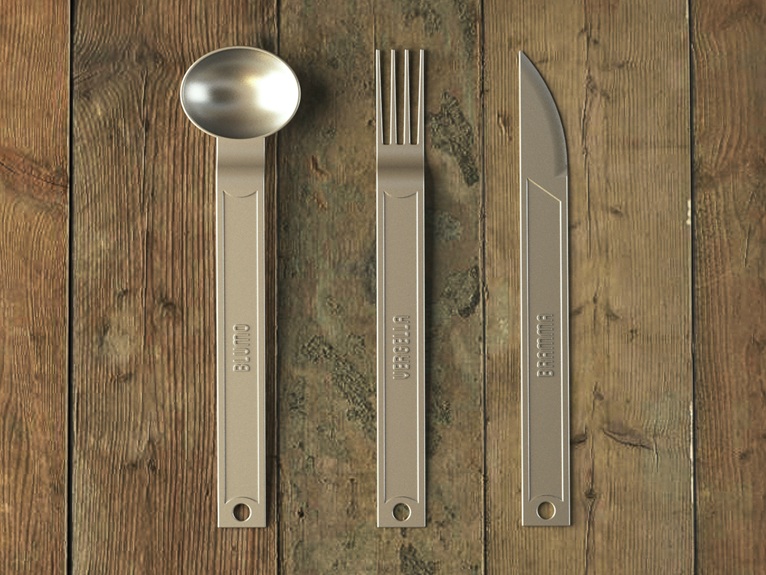
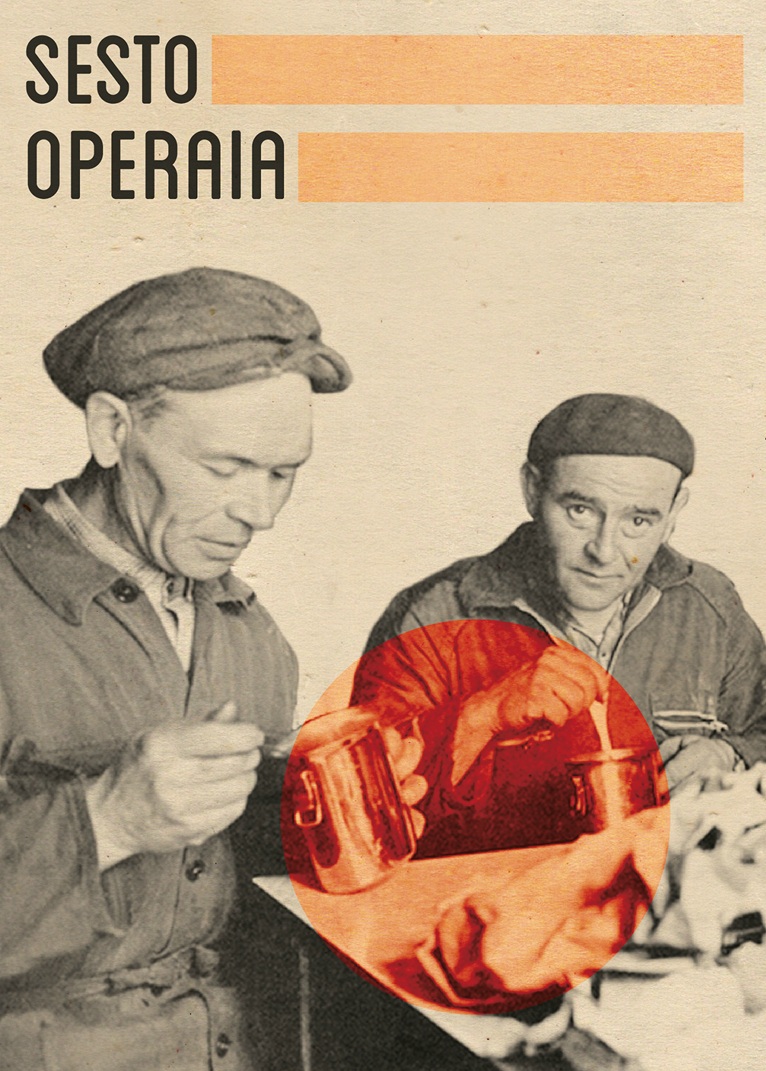
Today's cities have ever-growing numbers of ethnic minority residents and cuisine is the most direct way to experience cultures different to your own. Marta Lavinia Carboni created a plate series called Piatti tipici, a collection that reflects our current society.
So it was asked to a resident belonging to each ethnic group which of their traditional meals could be prepared with the ingredients available in Milan. Then the ingredients were photographed and devided in eight different macro areas. In this way eleven different colour combinations were produced, one for each dish. Finally, the colours were transformed into different pattern, inspired by the preparation and appearance of the dish. Having been rendered with a computer, the designs were then turned into decals and applied manually to handmade plates which had been created in collaboration with a ceramics workshop.
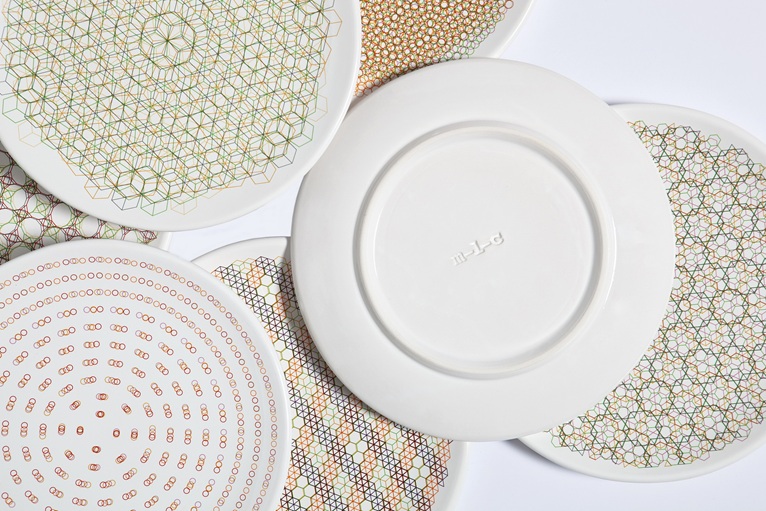


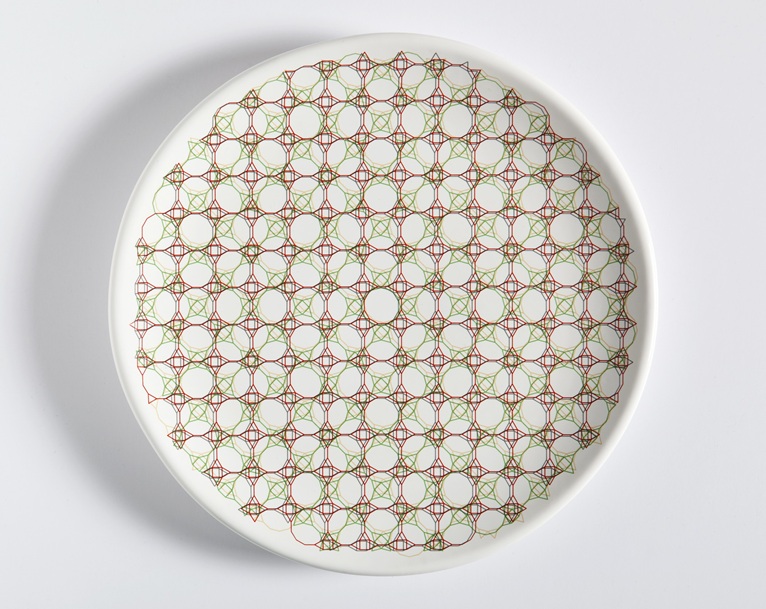
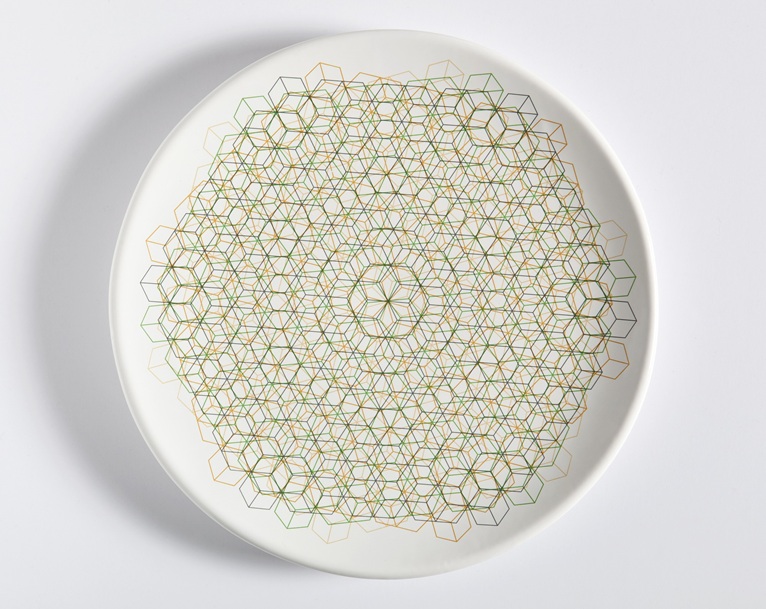
Bilancia di Archimede by Studio acquacalda is a graduated food bowl used as scale if immersed in water: the depth of immersion indicates the weight of the content.
The Buoyancy : "A body immersed (totally or partially) in a fluid receives a vertical boost called buoyancy (bottom-up) of intensity equal to the weight of a mass of fluid of shape and volume equal to the submerged part of the body. The point of application of buoyancy, called center of thrust, is on the same line as the pressure gradient which would be the center of mass of the portion of fluid that would occupy the space actually occupied by the immersed part of the body."











 8
8
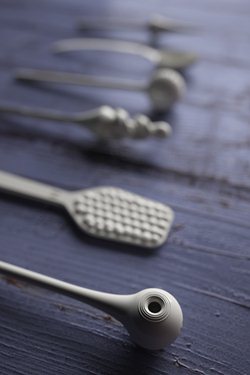 8
8
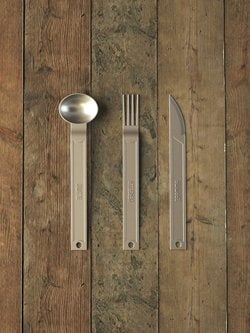 5
5
 1
1
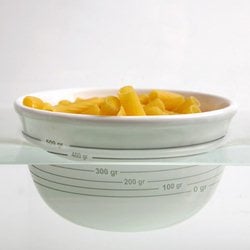 8
8
comment